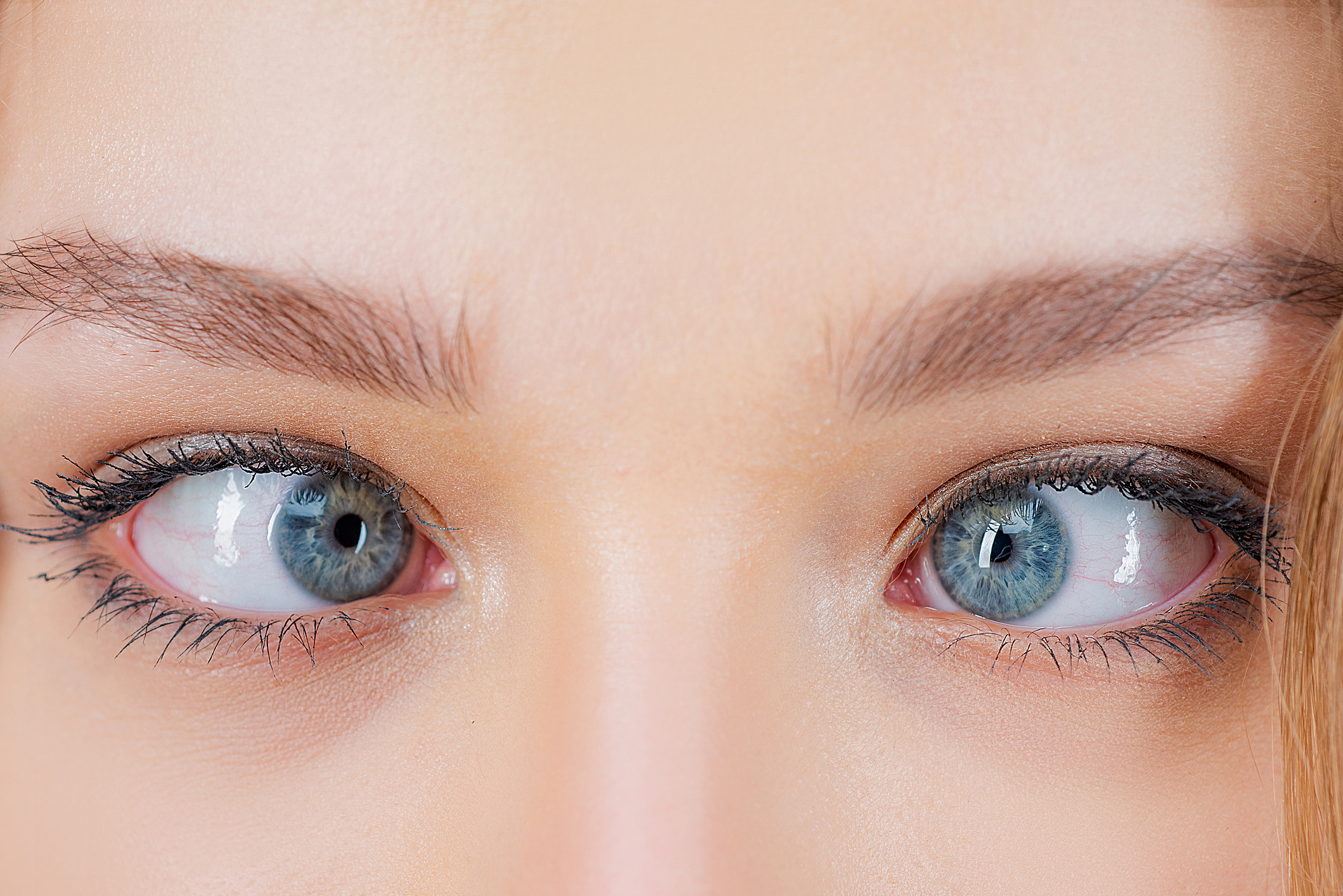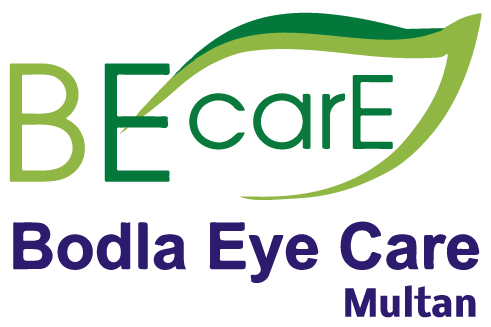
Adult Strabismus
Squint is the term used when the eyes point in different directions. One eye is out of alignment, i.e. one eye looks straight ahead whilst the other may point inwards (esotropia), outwards (exotropia) or even vertically, up or down (hyper- and hypotropia). Squints may be obvious all the time (constant) or only seen from time to time (intermittent).
Is a Squint the same as a “Lazy Eye”?
A squint that presents in childhood is often associated with the development of amblyopia, or “lazy eye”. In a child the brain may begin to ignore a squinting, misaligned eye causing the sight in it to be worse than that in the other eye. Thus the term “lazy eye’ refers to the development of visual acuity, the sharpness of vision, not the actual position of the eyes. Sometimes the term ‘lazy eye’ is used to refer to a turned eye but this is not an accurate description.
What causes a squint?
A squint can occur for a number of different reasons
- A childhood squint which was not very obvious or was fixed with surgery may get worse or the eye may start turning the opposite way (for example it may start turning outwards whereas it was pointing inwards before)
- One or more of the muscles controlling the eye may get damaged
- One of the eye muscle control centres may have been poorly developed or sustain a new damage
- A poorly sighted eye, from any reason, may interfere with the brain’s ability to keep the eyes together and may start turning in- or, more commonly, outwards
Why is strabismus a problem?
A large squint can be a cosmetic problem. Research has shown that patients with strabismus report adverse effects on their quality of life, well-being and self-image and even report depression and anxiety. Simply put, many patients with a squint are embarrassed by their appearance, report difficulty with eye contact, with getting or keeping a job and with finding a partner.
A new squint, or one that is getting worse may cause double vision or headaches and a feeling of ‘eye strain’. Double vision can severely disrupt the ability to read, walk, drive and perform common activities.
I am an adult now, can my Squint be fixed?
Certainly! Patients with squints are often under the impression that nothing can or should be done about their misaligned eyes after a certain age. However, for the past several years there have been a lot of advances and experience in this field and treatment can be offered for most squints. If you feel that it will enhance your quality of life, you may want to consider it.
I am embarrassed by my squint and I avoid eye contact. Am I paranoid?
You are not alone in this. Recent studies have confirmed that misaligned eyes hinder social interaction, self-confidence and employment opportunities. Unfortunately, beyond the impaired self-image of the adult strabismic patient is the poor view that others have of an adult with eye misalignment. Adults with strabismus are often viewed as less intelligent, less attractive and less able to perform in leadership positions. Dating agencies view adults with strabismus as less likely to successfully find a partner. It is not surprising that poor self-image in an adult with strabismus, reinforced by society views of eye misalignment, results in socioeconomic limitations.
Perhaps most telling is that, in a recent study, most adult patients with strabismus would be willing to trade a portion of their life expectancy to be free from their squint. We feel that patients deserve straight eyes whenever possible.
Do I need to have an operation?
You will have to be examined before we can determine the treatment options. In some cases, we can treat the Squint with an injection of a protein called Botox (Botulinum toxin) to one of the eye muscles. For some types of strabismus, especially very large or very long-standing squints, surgery is usually the only effective solution.
Will straightening the eyes after all these years cause me to see double?
Whilst there is a risk of double vision occurring after straightening eyes that have been out of alignment for many years, it is generally a transient problem, lasting only a few weeks until the brain adapts to the new eye position. We will have carefully assessed the risk of your getting double vision after surgery and if we feel it is very high, we may have to carry out some more tests before the operation or even a simulation of your surgery with Botox.
What happens if I need a Squint Operation?
We need to carry out some measurements and we will discuss with you the surgical plan. The operation involves weakening, moving or strengthening some of the eye muscles. That may be two or three muscles on one eye, or may involve operating on muscles from each eye. You will probably need to have a General Anaesthetic for this procedure, although we may discuss about using an adjustable suture to fine-tune the result when you are awake.
Will my eye hurt or look red?
You may have some discomfort in the first few days, usually a sensation of gritty eyes, for which common pain killers such as Paracetamol are often enough. The muscles lie on the surface of the eye covered by the conjunctiva, a membrane which lines the eye and the eyelids. To get access to the muscles we need to lift up the conjunctiva, and, just as when operating on skin, this causes some bruising. The bruising on the eye looks bright red rather than blue and can be a little alarming when you first see it, but it soon gets a lot better. We do not need to remove the eye ‑ a common misconception.
Will I need time off work?
You may want to consider taking one or two weeks off work for your surgery depending on what you do. Although the discomfort is usually very mild, you may feel a little bit disorientated or even have some double vision for a few days with the new position of your eyes. Most patients return to nearly all their normal activities within a few days. You will have eye drops to use 3 or 4 times a day for a couple of weeks.
What are the risks of Surgery?
Not all patients will respond to surgery in the same way, so that for some patients undergoing a squint operation, the amount of surgery will lead to too big or too small a correction and in a few cases, necessitate further surgery. Double vision after the operation is a risk we will have discussed in particular detail and in most cases it settles after a few days.
The most serious complication that can occur during squint surgery is for one of our needles to be placed too deeply and result in penetration of the eye coat or for an eye muscle to not attach to the surface of the eye and slip backwards towards the back of the eye socket. It is difficult to calculate the frequency of such serious problems. World wide the risk of sight threatening problems following squint surgery is probably around one in every 1000 operations.

